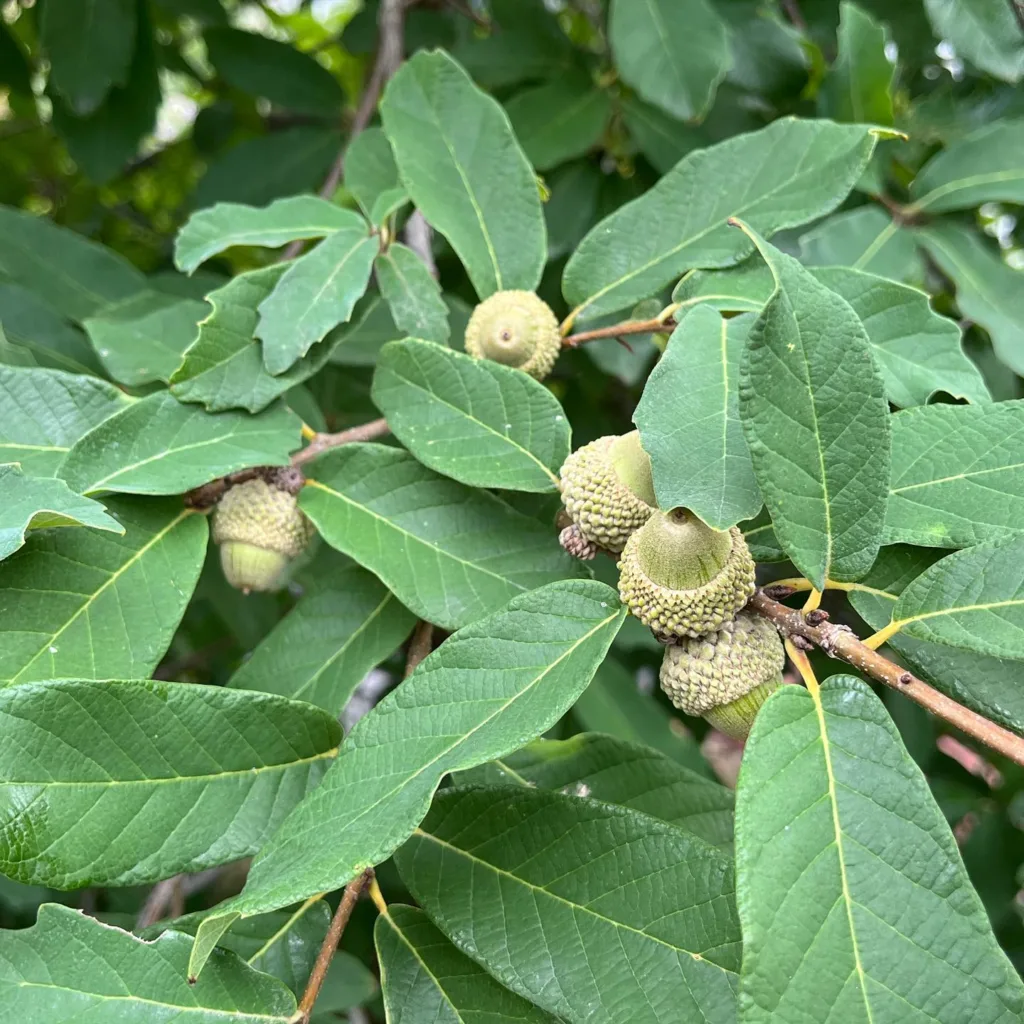The Allure of the Rhododendron English Roseum: A Gardener’s Guide
As someone who thrives on bringing vibrant life to my garden, I’m always on the lookout for stunning and relatively low-maintenance plants. Enter the Rhododendron English Roseum – a shrub that has stolen a significant chunk of my horticultural heart. Its captivating blooms and impressive size make it a true standout, but its adaptability and ease of care solidify its place as a must-have for any garden.
For those unfamiliar with this rhododendron variety, allow me to introduce you to its charm.
1164 Species in Genus Rhododendron
What Makes the English Roseum Rhododendron Special?
This beauty boasts a dense, evergreen form, reaching a mature height of anywhere between 4 to 10 feet. But the real showstopper lies in its flowers. Picture large trusses bursting with light rose-lilac blooms, each one a delicate trumpet boasting subtle orange freckles. The combination creates a breathtaking display in late spring and early summer, transforming any corner of your garden into a magical space.
Beyond its visual appeal, the Rhododendron English Roseum is a surprisingly tolerant plant. It thrives in cooler regions and tolerates some sun exposure, although protection from harsh afternoon sun is ideal. It even handles cold and humidity remarkably well. This versatility makes it a fantastic choice for gardeners in various climates.
Rhododendron English Roseum vs Roseum Elegans
I’ve found that Rhododendron English Roseum has a more robust growth habit and larger blooms compared to Rhododendron Roseum Elegans, which is a bit more delicate and compact but still quite charming in a garden setting.
How to Plant English Roseum Rhododendron?
Planting your English Roseum Rhododendron is a straightforward process, but getting it right sets the stage for years of flourishing growth. Here’s what you need to know:
- Finding the Right Spot: As mentioned earlier, this rhododendron prefers some sun exposure but thrives best in dappled shade or part shade. When choosing a location, consider the afternoon sun and opt for a spot that receives morning sun or filtered light throughout the day.
- Soil Preparation: The key here is acidity. Rhododendrons love acidic soil, ideally with a pH between 4.5 and 6.5. If your soil leans towards the alkaline side, you can amend it with peat moss, composted leaves, or coffee grounds to create a more acidic environment. Ensure the soil is well-drained; rhododendrons don’t appreciate soggy roots.
- Planting Process: Dig a hole roughly twice the diameter of the root ball of your rhododendron. Gently loosen the roots of the plant before placing it in the hole. Ensure the root ball sits level with the surrounding soil. Backfill the hole with the amended soil mixture, tamping it down gently to remove any air pockets. Water the plant thoroughly after planting.
How to Care for Your English Roseum Rhododendron?
Once established, your Rhododendron English Roseum requires minimal maintenance to thrive. Here’s what you need to do to keep it happy:
- Watering: Consistent moisture is essential, especially during the first growing season. Water deeply at the base of the plant, allowing the water to soak through the root zone. Aim to keep the soil consistently moist but not soggy.
- Mulching: Apply a layer of mulch around the base of your rhododendron to retain moisture, regulate soil temperature, and suppress weeds. Aim for a 2-3 inch layer of organic mulch like shredded bark or pine needles.
- Fertilization: While not strictly necessary, a light application of fertilizer formulated for acid-loving plants in early spring can further encourage healthy growth and vibrant blooms.
- Pruning: Although not essential, occasional pruning can help maintain the desired shape of your rhododendron. Prune after flowering has finished, focusing on removing dead, diseased, or overcrowded branches.
What to Plant with Your English Roseum Rhododendron?
The English Roseum Rhododendron’s elegant form and captivating blooms make it a versatile addition to various garden styles. Here are some ideas for companion plants:
- Azaleas: Since both rhododendrons and azaleas share similar soil and light requirements, they create a visually pleasing combination. Opt for varieties that bloom at different times to extend the flowering season.
- Ferns: The delicate foliage of ferns adds a touch of texture and softens the overall look of the planting.
- Hostas: Similar to ferns, hostas provide textural contrast and interesting foliage variations. Their shade tolerance makes them ideal companions for the English Roseum Rhododendron.
- Camellias: Another flowering shrub that thrives in acidic soil, camellias with contrasting flower colors can create a stunning visual display alongside the rhododendron’s rose-lilac blooms.
Conclusion: A Rewarding Addition to Your Garden
The Rhododendron English Roseum offers a delightful combination of beauty, resilience, and ease of care. Its captivating blooms and attractive foliage make it a valuable asset to any garden.
If i die, water my plants!



